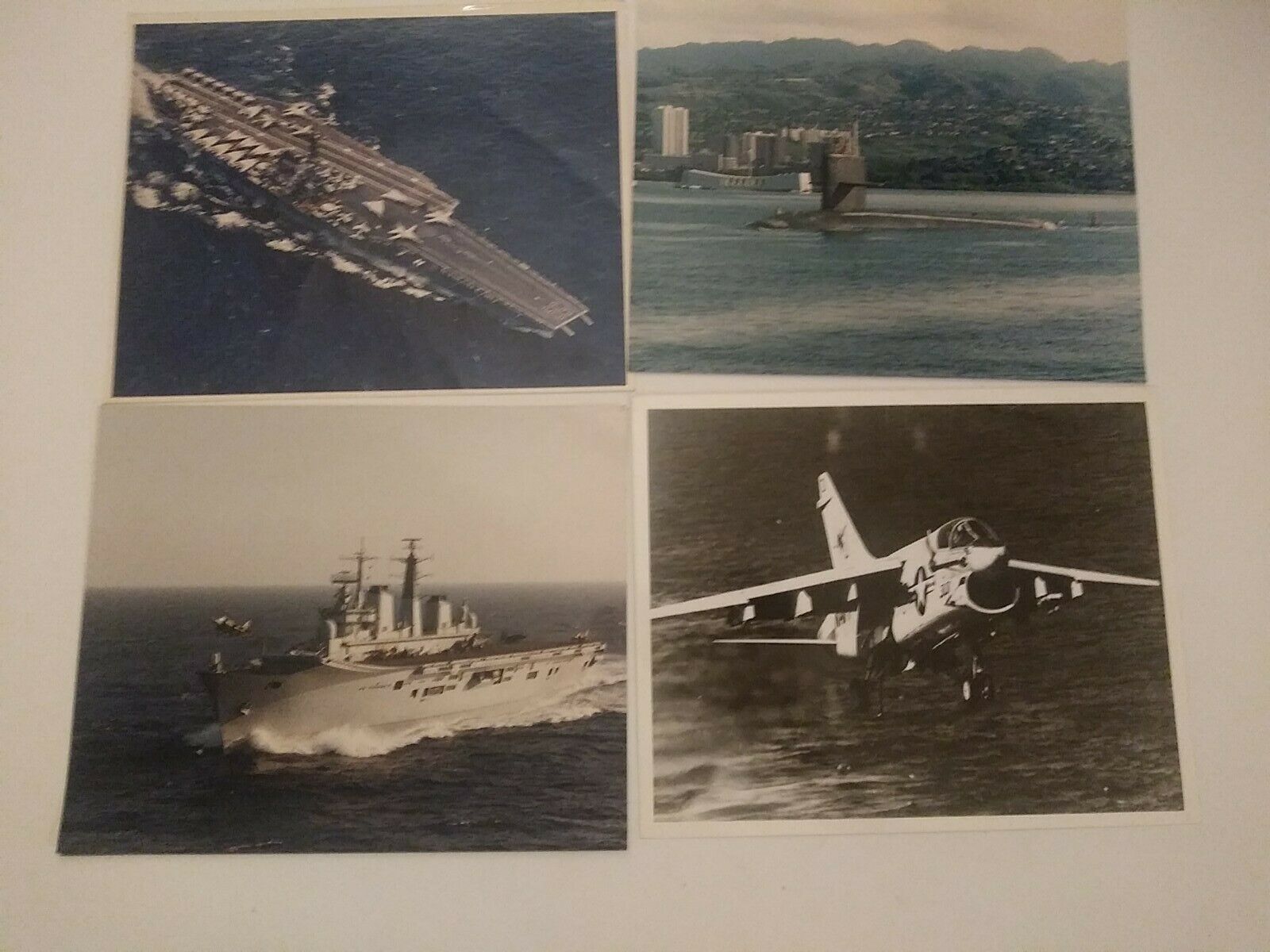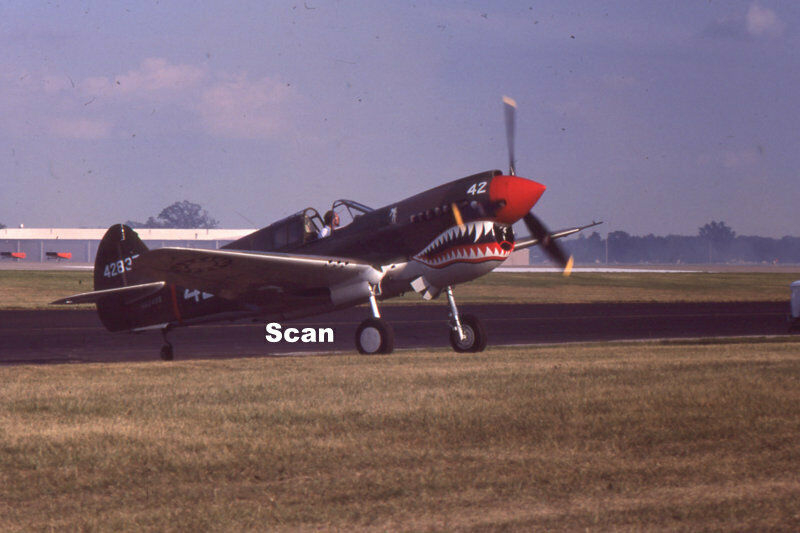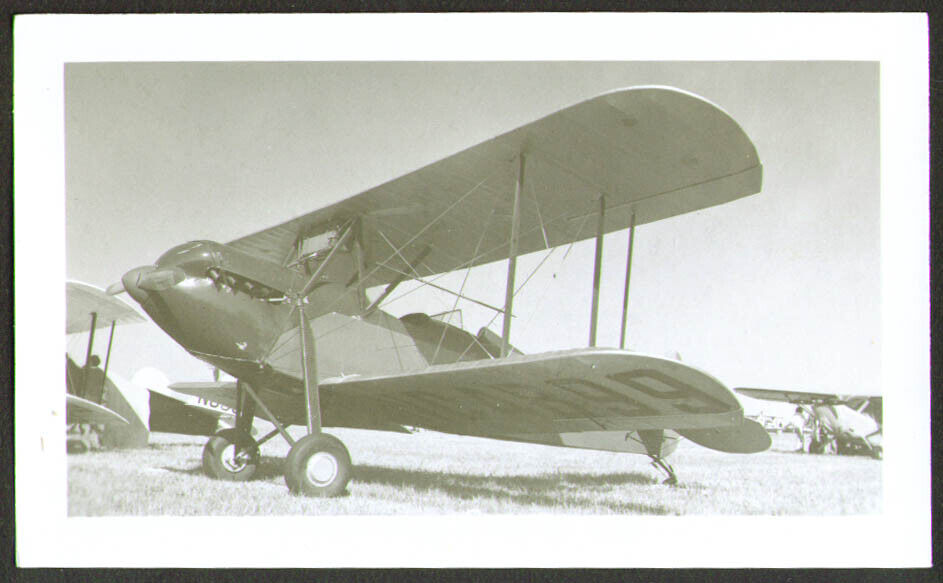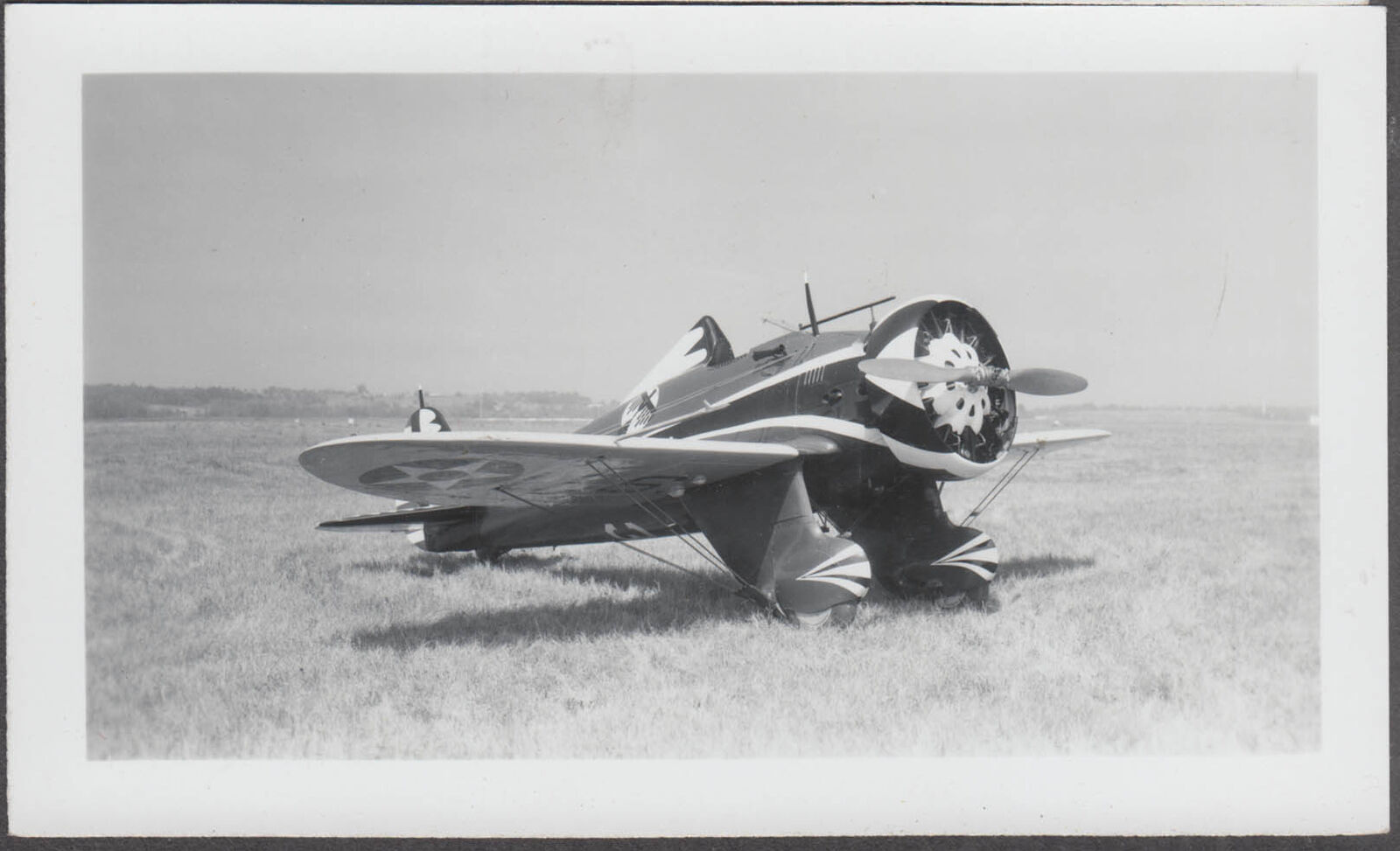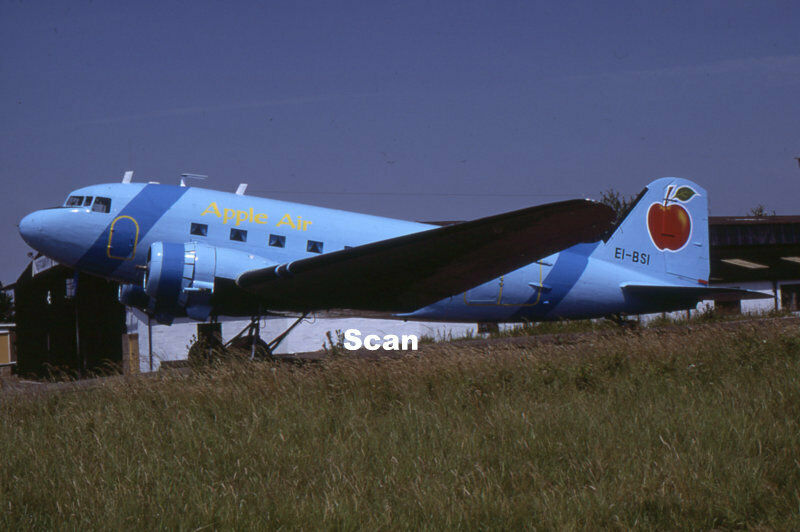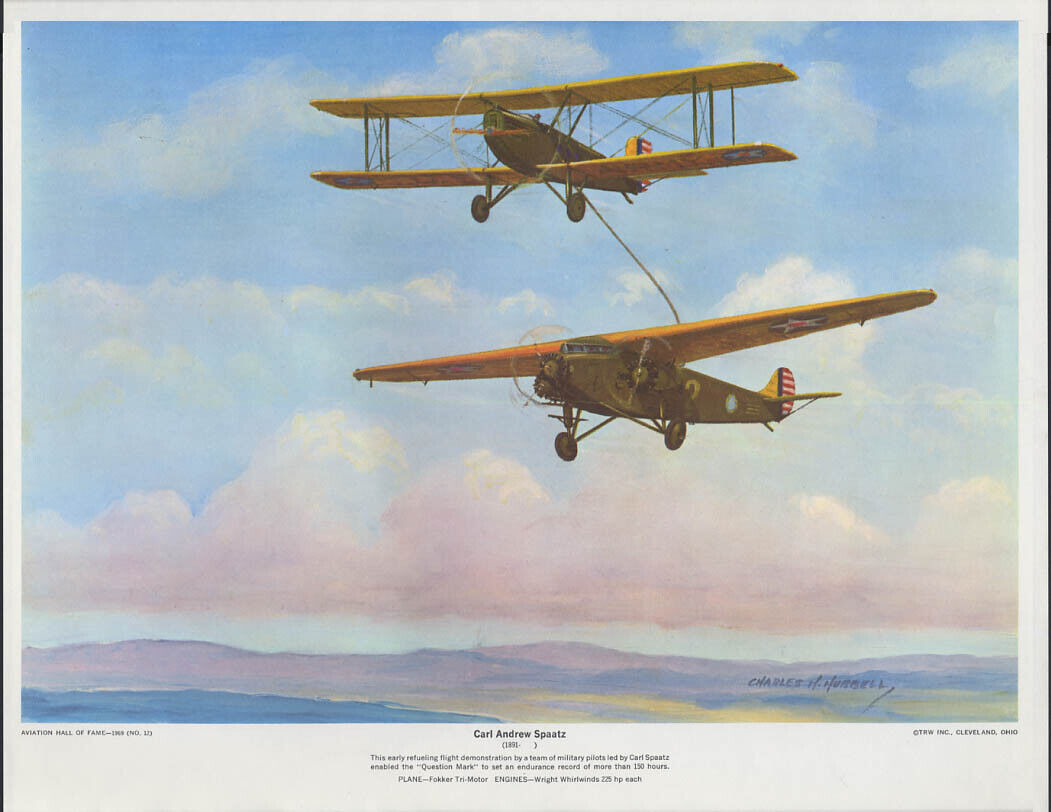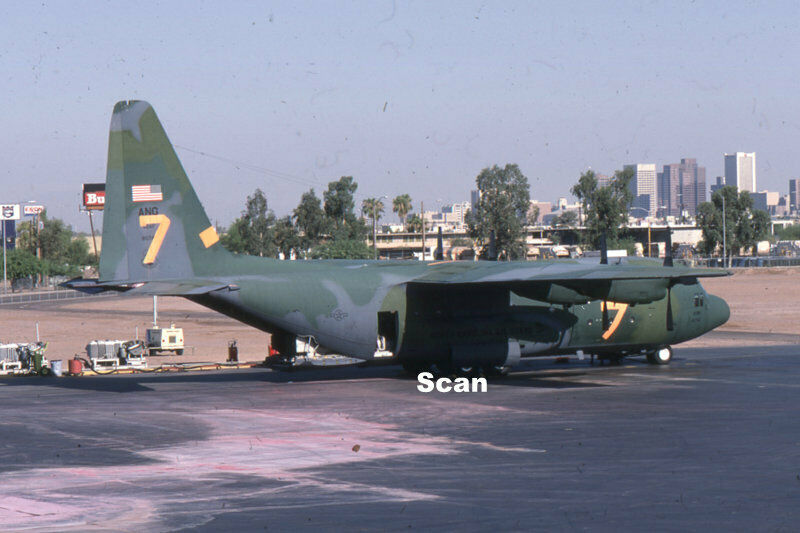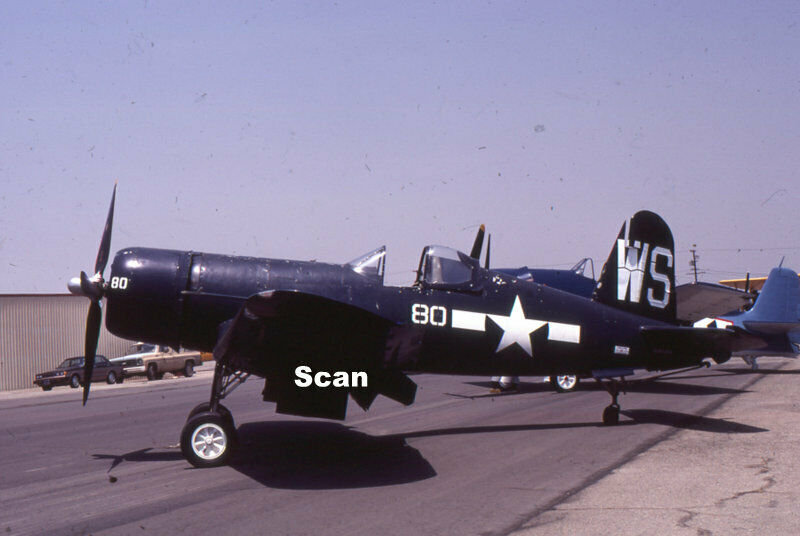-40%
Mitsubishi A6M Zero vs Corsair F4U Dogfight Solomon Islands WWII Ltd Ed Print
$ 26.39
- Description
- Size Guide
Description
Mitsubishi A6M3 Zero vs Corsair F4U-1DDogfight over Solomon Islands WWII
Limited Edition Print
A big composition for these famous aircraft dogfighting over the Solomon islands. The pilot of the Corsair is in a desperate situation struggling between two agile Zero fighters. The American aircraft is faster, more robust and better armed. But at low altitude and in a dogfight situation, the Mitsubishi Zero can be a very dangerous opponent.
Eventually the US Navy acheived an 11 to 1 kill ratio over the Zero.
By Benjamin Freudenthal, noted French aviation and automotive artist.
Signed numbered Limited Edition print, one of 300, printed in France on 300g
paper. Size is about 39 3/8" (100 cm) x 19 5/8" (50 cm).
All posters will be shipped in a commercial or USPS poster tube. We are always
happy to combine purchases to minimize shipping
expense.
More than you wanted to know:
"Easily the Corsair.
At the stage in the Pacific War when the Corsairs were brought in service (December 1942), the Americans had already known much about the Zero when they captured a largely intact example in June 1942 and extensively tested it to find out its capabilities and — more importantly — its weaknesses.
And they found plenty.
While the Zero was extremely maneuverable at speeds up to 320 kph (200 mph), it lost this advantage above 348 kph (216 mph) to safeguard against wing failure. The Zero could not keep up with Allied aircraft in high-speed maneuvers, and its low “never exceed speed” (
V
N
E
V
N
E
) made it vulnerable in a dive.
The Zero was primarily designed in an attack role, with little in the way of defense. To preserve its lightweight specs, it lacked armor and self-sealing fuel tanks.
Compared to the Zero, the Corsair was a tank, with heavier armor, self-sealing fuel tanks and the more powerful Pratt & Whitney R-2800 radial engine with 2000 hp, compared to the Zero’s Nakajima Sakae 12 engine with just 940 hp. These specs, as well as having American pilots trained to deal with the Zero made it a largely one-sided affair in favor of the Corsair.
As ace Corsair pilot Kenneth A. Walsh pilot recalled:
I learned quickly that altitude was paramount. Whoever had altitude dictated the terms of the battle, and there was nothing a Zero pilot could do to change that — we had him. The F4U could outperform a Zero in every aspect except slow speed manoeuverability and slow speed rate of climb. Therefore you avoided getting slow when combating a Zero. It took time but eventually we developed tactics and deployed them very effectively... There were times, however, that I tangled with a Zero at slow speed, one on one. In these instances I considered myself fortunate to survive a battle. Of my 21 victories, 17 were against Zeros, and I lost five aircraft in combat. I was shot down three times and I crashed one that ploughed into the line back at base and wiped out another F4U...."




